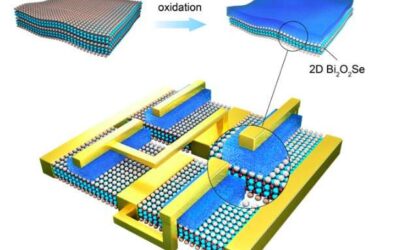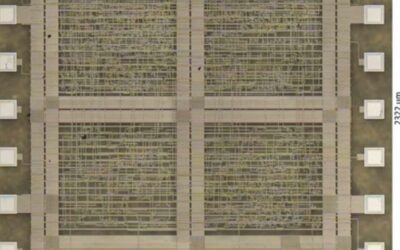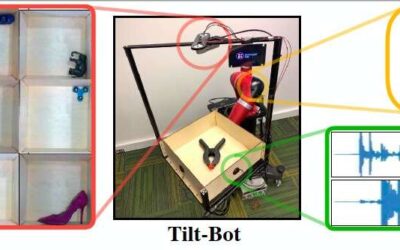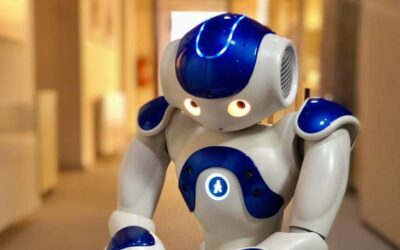In recent years, many research teams worldwide have been developing computational techniques inspired by the human brain, such as deep learning algorithms. While some of these techniques are considered highly promising for a wide range of applications, conventional...
TECHXPLORE
A new native oxide high-k gate dielectric for fabricating 2-D electronics
So far, silicon has been the primary material for the fabrication of integrated circuits (ICs) and other electronic components. Recently, however, researchers have been trying to identify new high-mobility semiconductors that could replace silicon in electronics...
A biomimetic robotic finger created using 3-D printing
Humans are innately capable of performing complex movements with their hands via the articulation of their endoskeletal structure. These movements are made possible by ligaments and tendons that are elastically connected to a fairly rigid bone structure.
Mix-StAGE: A model that can generate gestures to accompany a virtual agent’s speech
Virtual assistants and robots are becoming increasingly sophisticated, interactive and human-like. To fully replicate human communication, however, artificial intelligence (AI) agents should not only be able to determine what users are saying and produce adequate...
A memristor-based Hopfield neural architecture to solve combinatorial optimization problems
Over the past few years, many researchers have tried to develop techniques and technologies that can solve combinatorial optimization problems, which entail identifying an optimal item or solution within a set number of possibilities. Past studies have tackled these...
A machine learning processing engine to build flexible devices with odor recognition capabilities
In recent years, there has been an increase in the development of flexible electronics: electronic components that can be stretched and thus enable the development of smart watches, fitness trackers, or other wearable smart devices. Flexible electronics are typically...
Exploring the interactions between sound, action and vision in robotics
In recent years, researchers have developed a growing amount of computational techniques to enable human-like capabilities in robots. Most techniques developed so far, however, merely focus on artificially reproducing the senses of vision and touch, disregarding other...
New reconfigurable circuits for a wide range of applications
Electronic components that can process information with high levels of efficiency are crucial for the development of most contemporary devices and computational tools. Reconfigurable electronics, flexible systems that can change configurations to best utilize...
Exploring the interactions between microswimmer medical robots and the human immune system
Over the past few years, robotics researchers have designed tiny and untethered swimming robots, also known as microswimmers, with increasingly advanced sensing and locomotion capabilities. These microrobots could prove very useful in medical settings, particularly...
THEaiTRE: A theatre play written entirely by machines
Researchers at Charles University, Švanda Theater and the Academy of Performing Arts in Prague are currently working on an intriguing research project that merges artificial intelligence and robotics with theatre. Their project's main objective is to use artificial...










